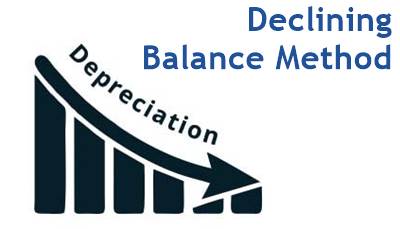Taguchi Method of Quality Control
Taguchi Method of Quality Control is a famous approach to the concept of engineering that aims at maximizing the roles of product design & development. It also includes research & development for reducing the overall occurrence of failures or defects in the manufactured good.

The method has been developed by Genichi Taguchi –a famous engineer and statistician from Japan. This approach regards the overall design to be quite significant in comparison to the entire Manufacturing process with respect to quality control. Taguchi method is aimed at eliminating the overall variances in production before their occurrence.
Understanding the Taguchi Method
It gauges the overall quality in the form of calculating loss incurred to the society in association with some particular product. Particularly, the loss in the product gets defined by deviations and variations that tend to occur in the respective functions along with detrimental side effects resulting from the given product.
Loss due to variation in the function tends to be a comparison of the volume of each unit of the given product would differ in the manner it operates. The greater the value of the variance, the more major loss is going to occur in the overall quality and function. The same could be represented in the form of monetary figure to denote the overall usage as impacted by the respective product’s defects.
Example Denoting Taguchi Method of Quality Control
For example, if the product serves to be the precision drill that is required to be consistently drilling holes of some exact size across all materials it has been utilized on, a part of the product’s quality gets determined by the manner in which the product tends to differ from the respective standards. With the Taguchi Method of Quality Control, the ultimate focus is to conduct research as well as design for ensuring that every single product’s unit will be closely matching the respective design specifications while performing exactly as per the design.
Talk to our investment specialist
Special Considerations
The overall loss that tend to occur due to detrimental side effects on the entire society would be speaking about whether or not the given product’s design might inherently lead to some kind of adverse effect. For instance, during the operation of the precision drill, if it leads to some injury to the drill’s operator due to its overall design, then it results in the loss of the product’s quality.
With the concept of the Taguchi method, the overall work that is implemented during the designing stage of product’s creation would be aimed at minimizing the potential that the draft would be designed in a manner that its overall use might lead to injuries to the particular operator.
All efforts have been made to ensure the information provided here is accurate. However, no guarantees are made regarding correctness of data. Please verify with scheme information document before making any investment.












